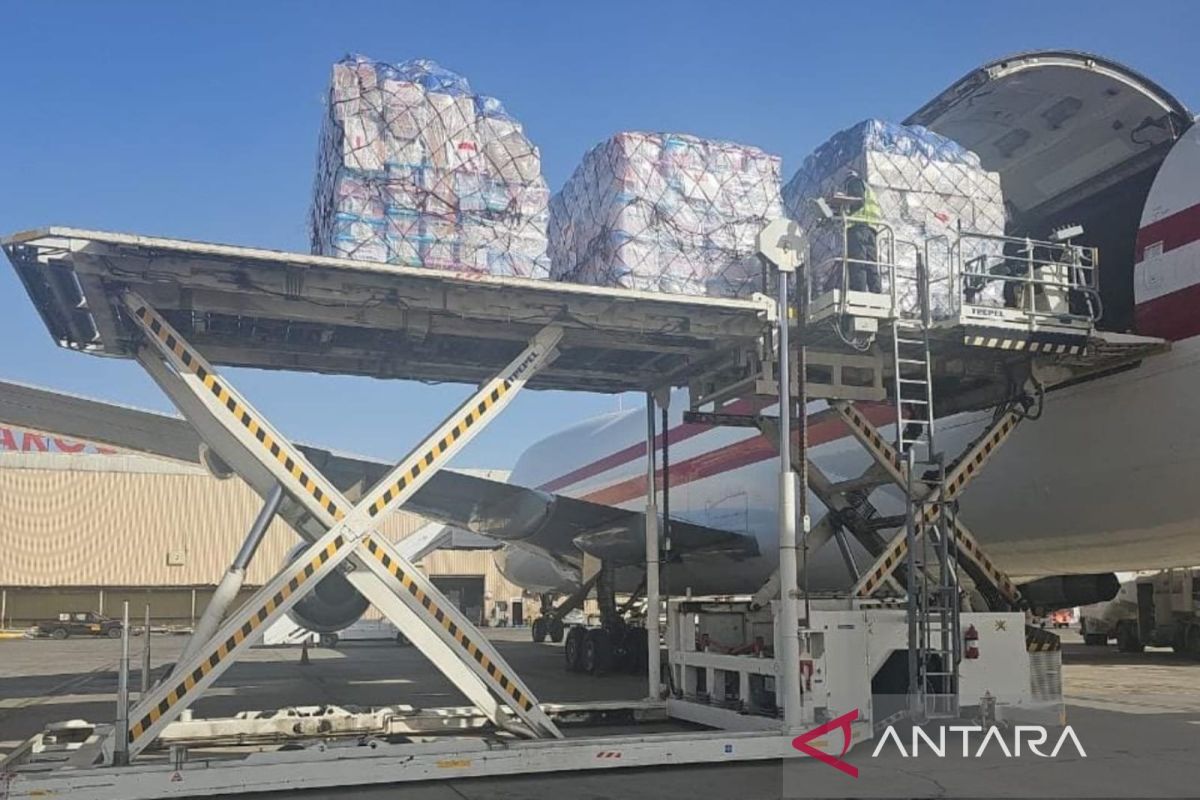Published On 23 Oct 2024
Officials say at least 14 people have been killed in the Philippines as Tropical Storm Trami flooded villages, inundated rivers and forced tens of thousands of people to flee their homes as it approached the eastern coast.
Philippine rescuers waded through chest-deep floodwaters Wednesday to reach residents trapped by the tropical storm.
Torrential rain has turned streets into rivers, submerged entire villages and buried some vehicles in volcanic sediment set loose by the downpour.
At least 12 people have died in the city of Naga, police chief Erwin Rebellon said over the phone, adding that details of the circumstances were still being gathered.
The regional civil defence office reported two more fatalities in other parts of the Bicol region. A 22-year-old died in Palanas in Masbate province after being hit by a tree branch, and a 71-year-old man was killed in Bagamonoc in Catanduanes province after falling from the roof of his house. Five fishermen were reported missing.
At least 32,000 people have fled their homes in the northern Philippines, police said, as the storm edges closer to the Southeast Asian country’s main island of Luzon.
In the Bicol region, about 400km (249 miles) southeast of the capital, Manila, “unexpectedly high” flooding was complicating rescue efforts, said police.
“We sent police rescue teams, but they struggled to enter some areas because the flooding was high and the current was so strong,” regional police spokesperson Luisa Calubaquib told the AFP news agency.
At an emergency meeting of government agencies Wednesday morning, President Ferdinand Marcos said that “the worst is yet to come”.
“I’m feeling a little helpless here because … all we can do is sit tight, wait, hope and pray that there is not too much damage, that there are no casualties.”
Families driven from their homes in Bicol were being sheltered at approximately 2,500 evacuation centres scattered across the region.
In 2013, Typhoon Haiyan, one of the strongest recorded tropical cyclones in the world, left more than 7,300 people dead or missing, flattened entire villages, swept ships inland and displaced more than 5 million in the central Philippines.

 1 minggu yang lalu
1 minggu yang lalu




:strip_icc():format(webp)/kly-media-production/medias/4974549/original/054761200_1729489016-Serang_Beirut_Malam_Hari__Israel_Targetkan_Cabang_Keuangan_Hizbullah.jpg)
:strip_icc():format(jpeg)/kly-media-production/medias/4974929/original/059107200_1729512961-WhatsApp_Image_2024-10-21_at_18.07.05.jpeg)
:strip_icc():format(jpeg)/kly-media-production/medias/4971251/original/027865000_1729139289-IMG_20241017_110701.jpg)


 English (US) ·
English (US) ·  Indonesian (ID) ·
Indonesian (ID) ·